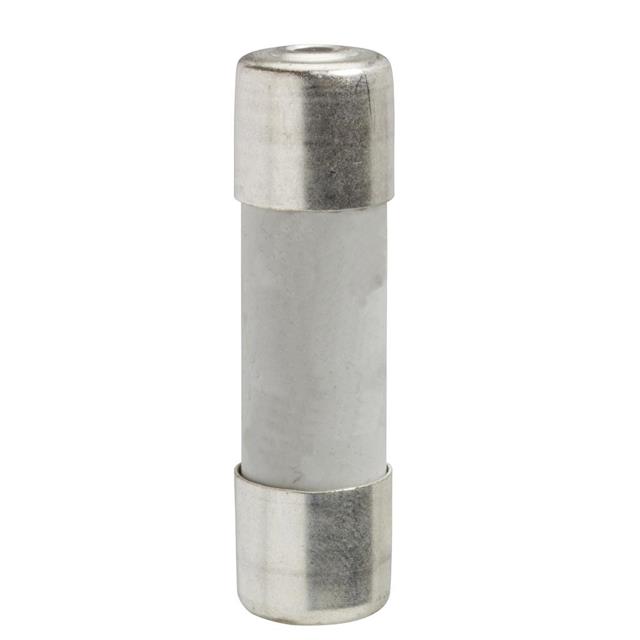
Schneider Electric
Schneider Electric is a global leader in energy management and automation solutions. Established in 1836, the company has a rich history and has become a trusted provider of integrated solutions that optimize energy usage, enhance operational efficiency, and maximize sustainability. With a comprehensive portfolio of products including electrical distribution systems, building automation and control systems, industrial control systems, and renewable energy solutions, Schneider Electric enables customers to effectively manage energy consumption, reduce carbon emissions, and streamline their operations. The company also offers advanced software platforms and digital services that empower clients to monitor, analyze, and optimize their energy usage in real-time. With a strong commitment to innovation, sustainability, and digital transformation, Schneider Electric has emerged as a key player in the energy management industry. By leveraging cutting-edge technologies, expertise in energy management, and a global presence, Schneider Electric continues to drive progress towards a more sustainable and efficient future for businesses and communities worldwide.
Fuses
Results:
5
Series
Current Rating (Amps)
Approval Agency
Fuse Type
Mounting Type
Voltage Rating - AC
Operating Temperature
Melting I²t
Response Time
Color
Breaking Capacity @ Rated Voltage
Size / Dimension
Voltage Rating - DC
Package / Case
Results remaining:5
Applied Filters:
Schneider Electric
About Fuses
Fuses are specialized devices designed to interrupt the flow of electrical current in a circuit when the current exceeds a specific threshold, providing protection against overcurrent conditions. They consist of a conductor that is intentionally designed to melt and open the circuit when exposed to excessive current, thereby preventing damage to the connected components or equipment.
When the current flowing through a fuse surpasses its rated capacity, the heat generated within the fuse causes the conducting element to melt or blow, creating an open circuit and stopping the flow of electricity. This action effectively protects the circuit and connected devices from potential damage caused by excessive current flow.
Fuses are available in various types and configurations, including fast-acting and slow-blow fuses, each with different response times to overcurrent conditions. Fast-acting fuses respond quickly to overloads, while slow-blow fuses offer a delayed response and can withstand temporary current surges without blowing.
The selection of the appropriate fuse type depends on the specific requirements of the electrical circuit being protected. By using fuses with the correct characteristics, the risk of damage to equipment and hazards resulting from excessive current flow can be minimized, ensuring the safe and reliable operation of electrical systems.


